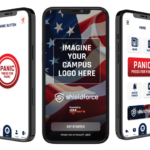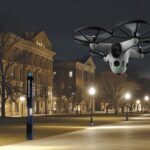Here’s the latest breakdown of the more commonly used emergency alert systems. Deploying multiple modes will help to ensure the strengths of one solution compensate for the weaknesses of others. Many of these solutions can now be integrated so messages can reach more individuals on or near a campus, as well as other stakeholders, such as family members. Be certain to test the systems regularly, and account for the hearing and sight impaired.
Additionally, be certain to train students, faculty, staff, parents and other stakeholders on what to expect and what to do after an alert has been issued. Many campuses train their populations to refer to the institution’s Web site for additional information and instructions. It should be noted that sites can become overloaded when there is a lot of traffic. Consider temporarily limiting the use of graphics and scripting during emergencies so more people can access the Web site without it crashing.
Related Articles:
- 9 Ways to Optimize Your Mass Notification Systems
- Timely Warning vs. Emergency Notification: What’s the Big Difference?
- Florida State Aims for ‘Easy Button’ Solution to Mass Notification
- Navigating the Complexities of Emergency Notification Systems Integration
- 27 Emergency Notification Best Practices













